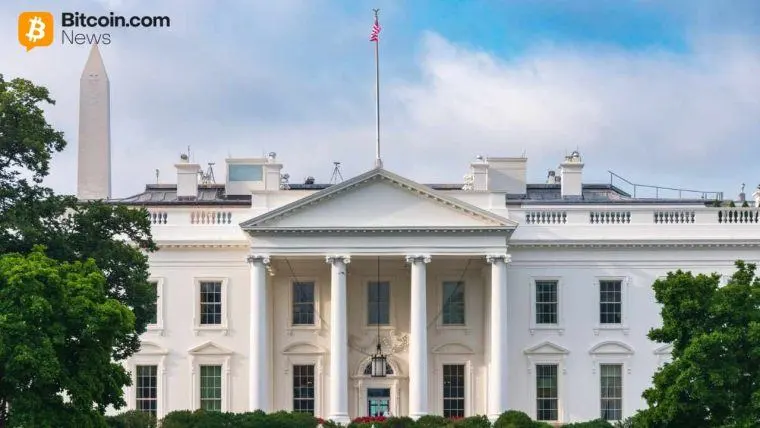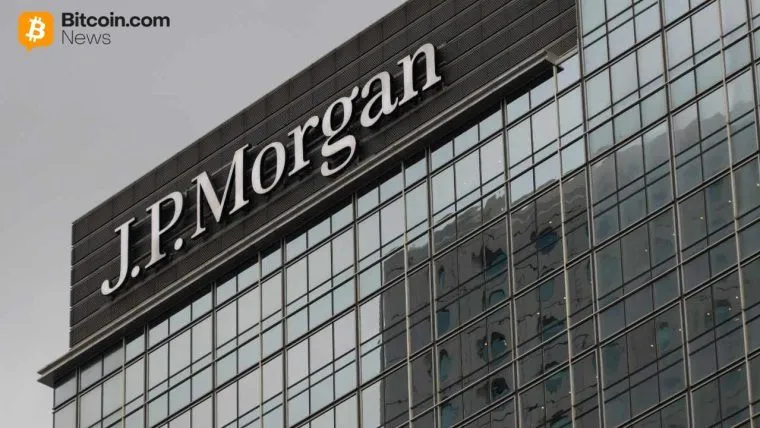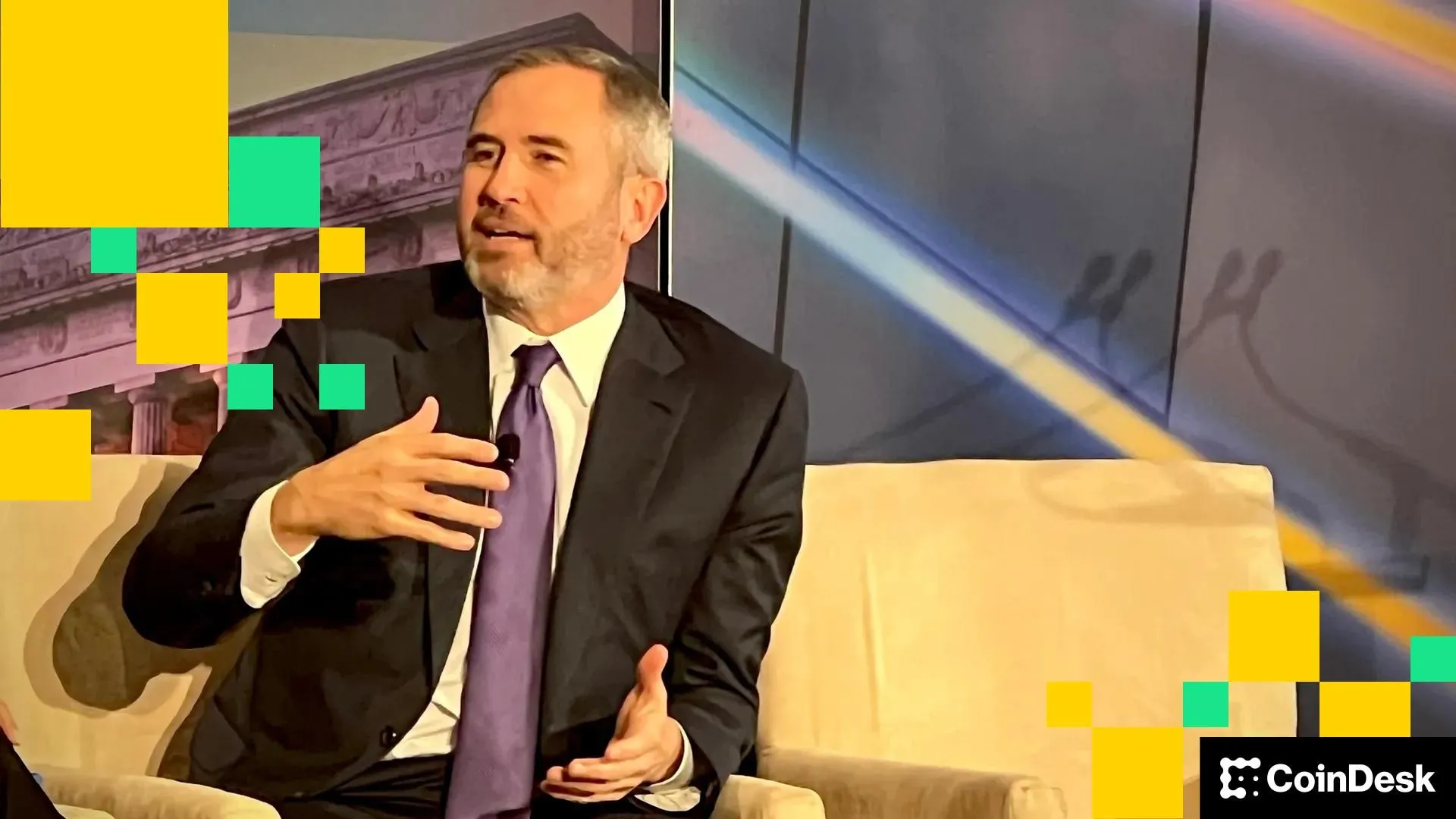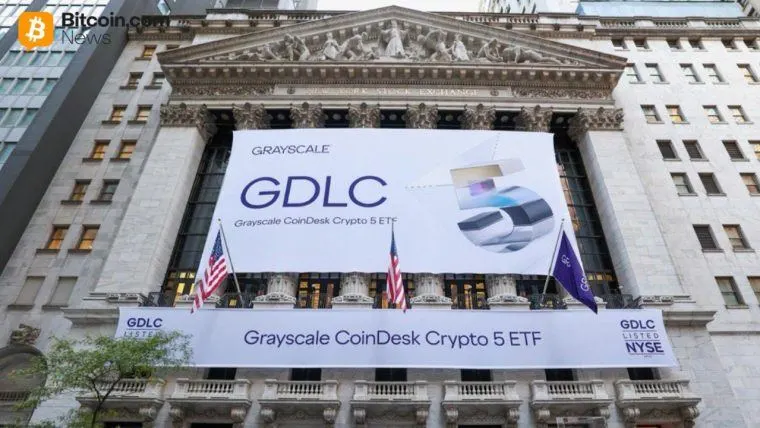Custodia Bank and Vantage Bank Texas have unveiled a live platform for tokenized deposits, expanding their earlier pilot into a nationwide network for U.S. banks.
The new platform, announced Thursday, allows participating institutions to issue tokens that represent insured deposits—essentially putting traditional bank money on a blockchain while keeping all the usual protections and regulations in place.
That also makes the tokens compliant with U.S. banking laws and the GENIUS Act, which recognizes certain bank-issued stablecoins as deposit instruments rather than securities.
How it works
The tokens are like digital dollars that can change form depending on where they are. When they’re held by a participating bank, they are regular tokenized deposits which are fully FCIC-insured and governed by banking rules. But when they move to another institution or wallet, they behave like a stablecoin.
The network handles conversions through “a patent-pending protocol involving both an on-chain oracle and off-chain operational controls,” Caitlin Long, founder and CEO of Custodia Bank, told Decrypt.
The platform uses Infinant's APIs and ledger infrastructure to manage the switching between forms.
“The key is that the very same token, issued via the same smart contract, can change its obligor and its regulatory status as it moves through its life cycle without redeeming or converting the token,” Long said.
Tearing down walls
Unlike the earlier proof-of-concept that tested Vantage’s Avit token on Ethereum, the new rollout is designed for real-world transactions.
Asked about the infrastructure this is based on, Long said the platform runs on a permissionless network. Three different test transactions used Ethereum earlier in March, with work already underway for Bitcoin.
That design points to how Custodia and Vantage “share a philosophical commitment to tearing down walls, not building new ones,” Long said.
Such a stance for open access and interoperability appears to mark a departure from the status quo in which major stablecoin issuers and payment platforms are either building their own chains or pushing for proprietary systems.
“While most stablecoin issuers use omnibus legal structures that create their own legal frictions, we’re using a legal structure that supports interoperability within the law,” an FAQ shared by Long in response to Decrypt’s questions reads.
What the two banks are building out opens “a compliant settlement layer that moves insured dollars at the speed of blockchain” with the “same safety net, on new rails,” Dan Dadybayo, research and strategy lead at Unstoppable Wallet, told Decrypt.
“The Fed can still see the flows through participating banks, but for the first time, smaller institutions can compete on efficiency and programmability,” Dadybayo explained. “If adoption grows, this could quietly become a parallel payments network built from inside the system, not against it.”
Long clarified in a later statement that multiple banks have already committed to the platform, noting that the Federal Reserve had invited Vantage’s CEO, Jeff Sinnott at a community bank conference where the product was “teased.”
The platform awaits “final regulatory approval to launch at scale,” Long confirmed.
免责声明:本文章仅代表作者个人观点,不代表本平台的立场和观点。本文章仅供信息分享,不构成对任何人的任何投资建议。用户与作者之间的任何争议,与本平台无关。如网页中刊载的文章或图片涉及侵权,请提供相关的权利证明和身份证明发送邮件到support@aicoin.com,本平台相关工作人员将会进行核查。




